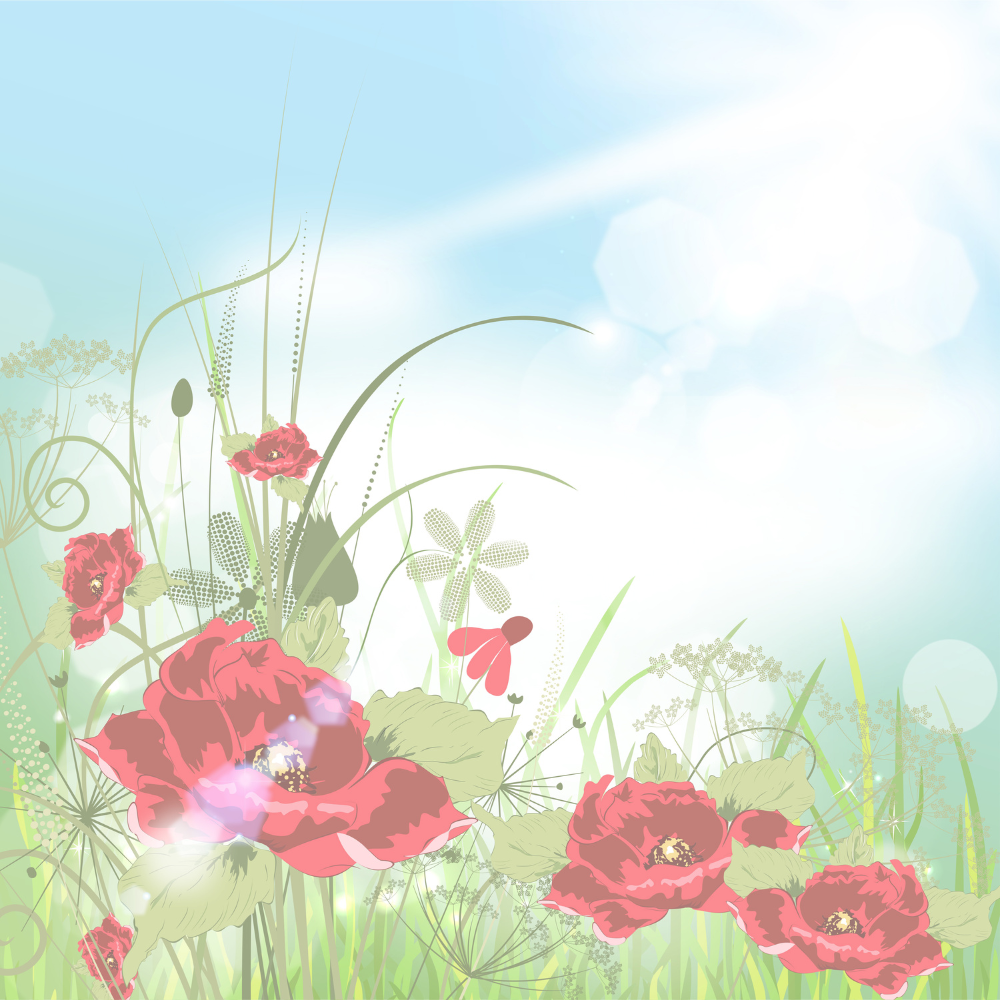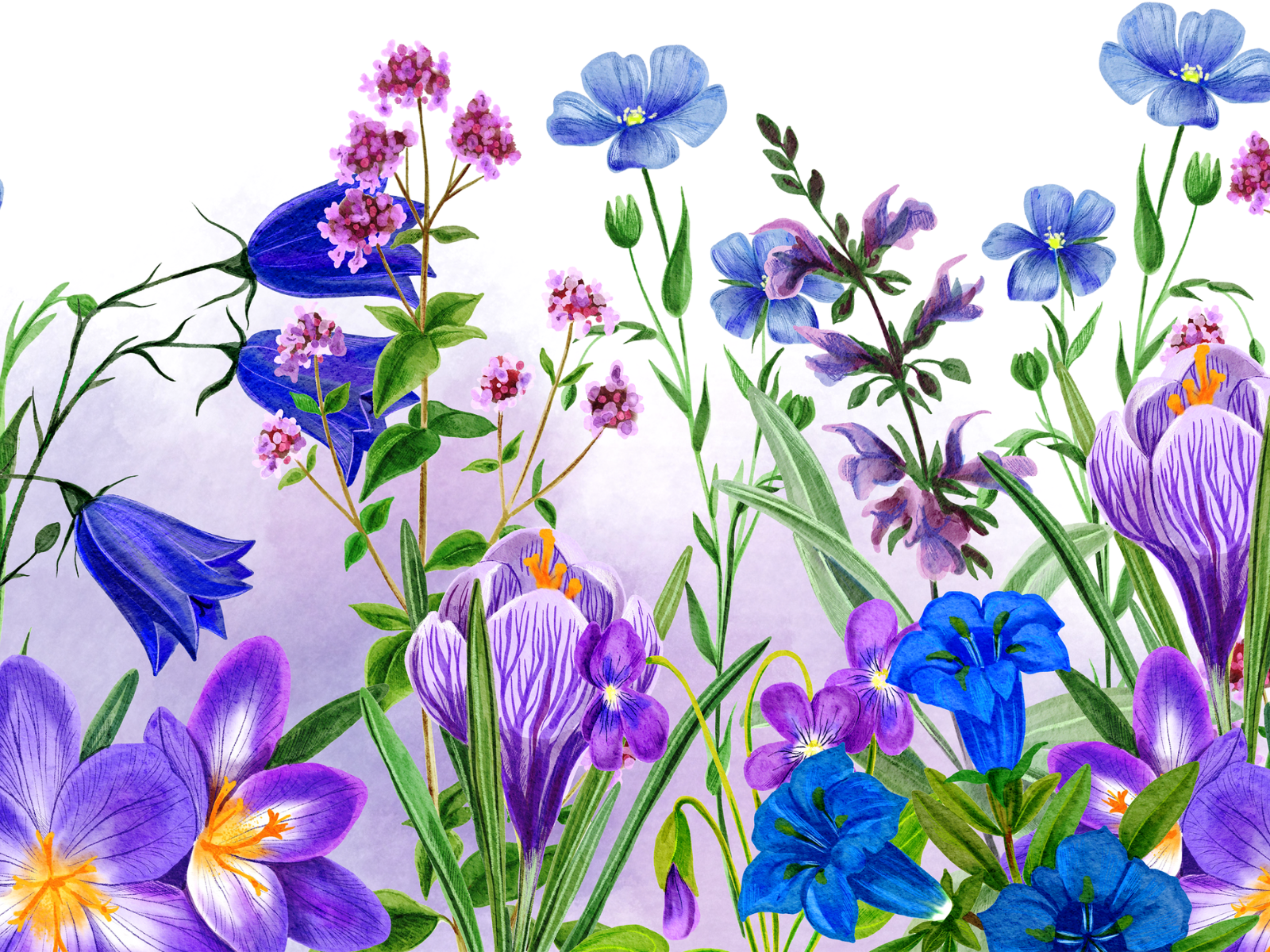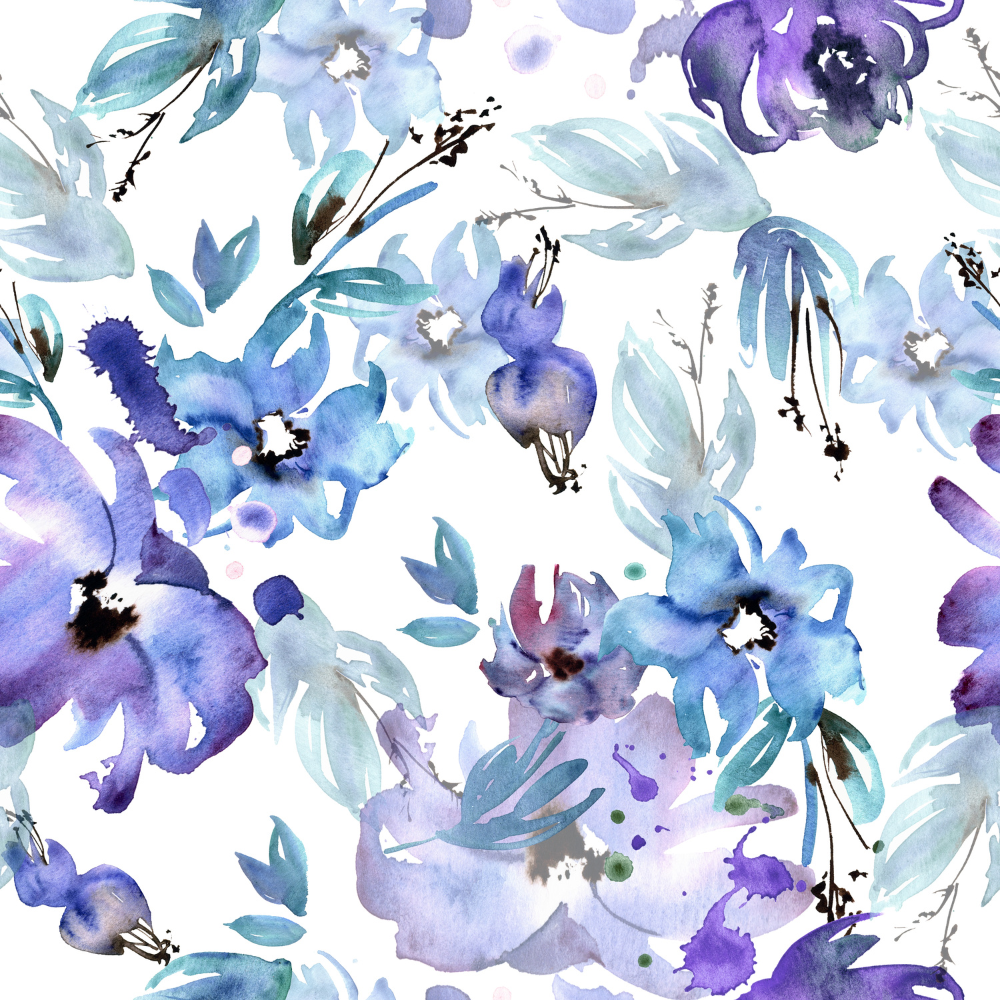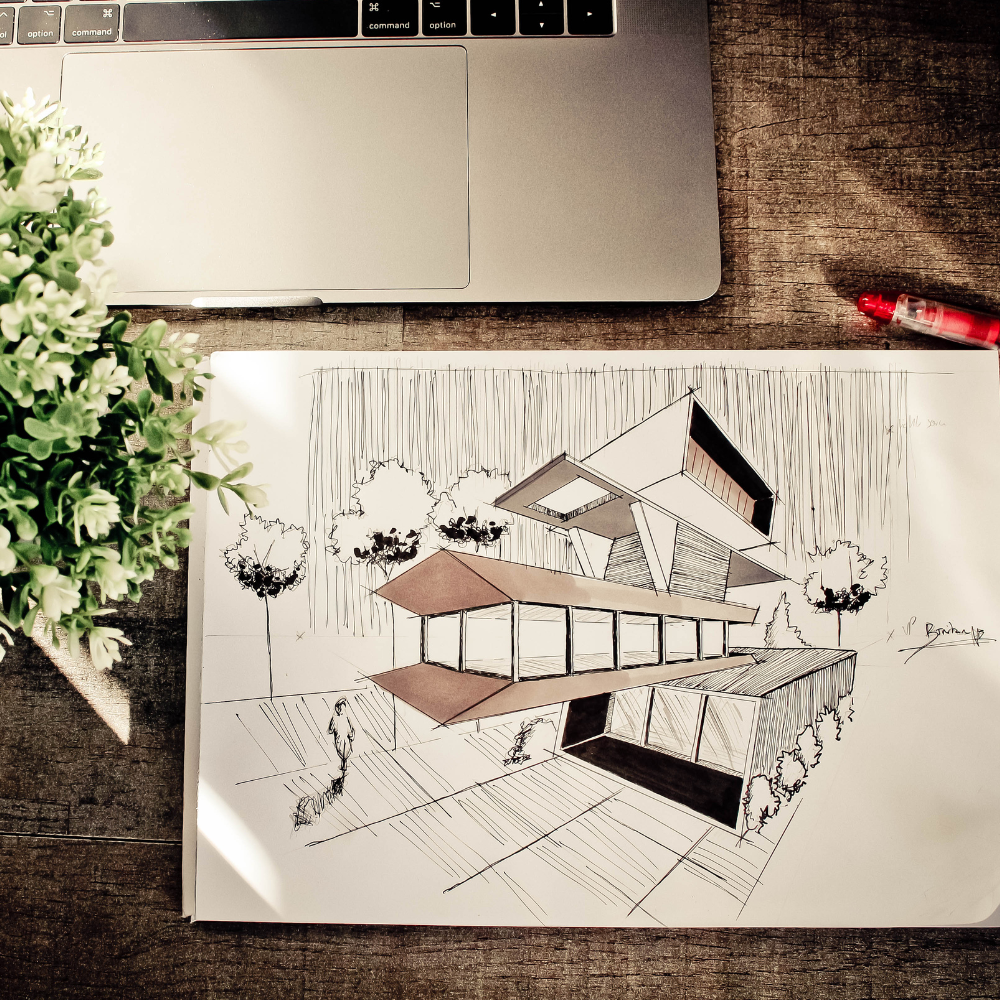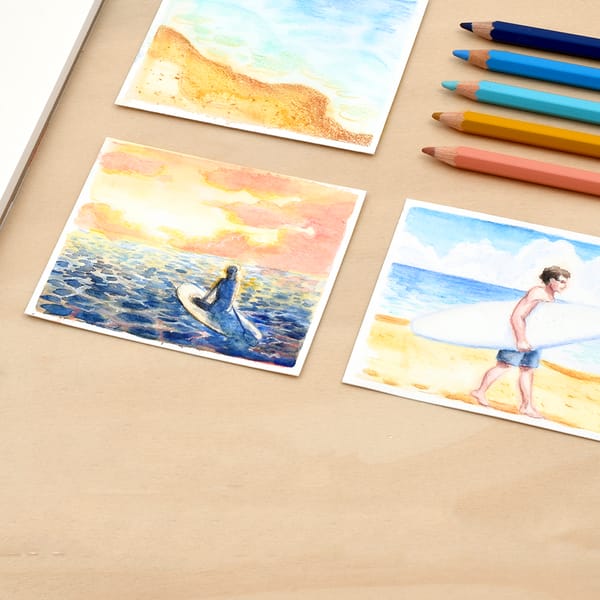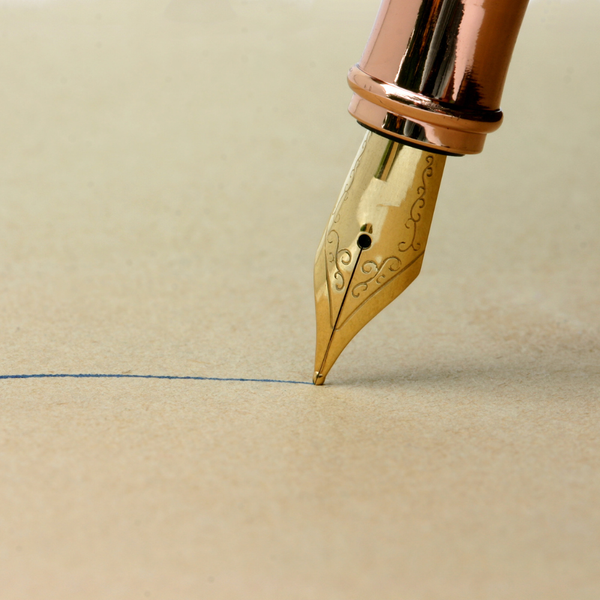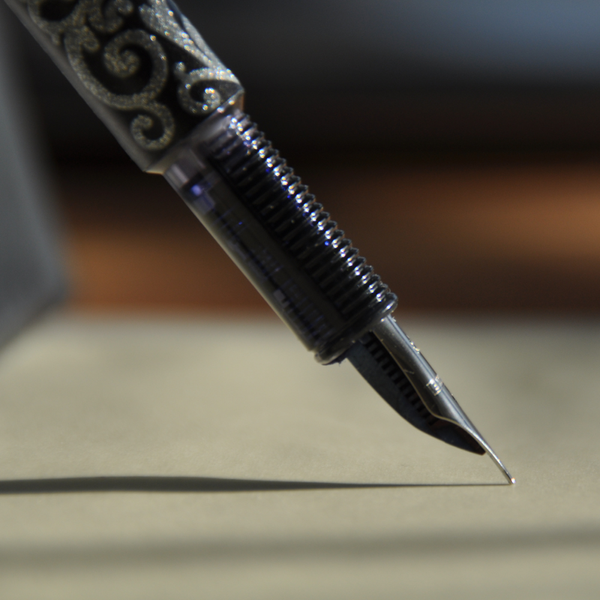Are you an aspiring illustrator but don't know where to start?
Are you looking for tips and tricks to create amazing illustrations that stand out from the rest?
Well, you've come to the right place!
It's time to unlock the secrets of illustrated art, so prepare to be whisked away into the enchanting world of illustration!
Whether you're looking to understand the basics of composition or master the art of shading, this guide will help you elevate your illustration game to the next level.
We'll look at the basics of illustration, how to create dynamic visuals, and a few expert tips on how to bring your illustrations to life.
From the tips of our pencils to the edge of our drawing tablets, let's explore the magical realm where lines become life and imagination takes flight.
Ready to start your journey and create amazing illustrations that will mesmerize your audience?
Let's dive into the magic of illustration!
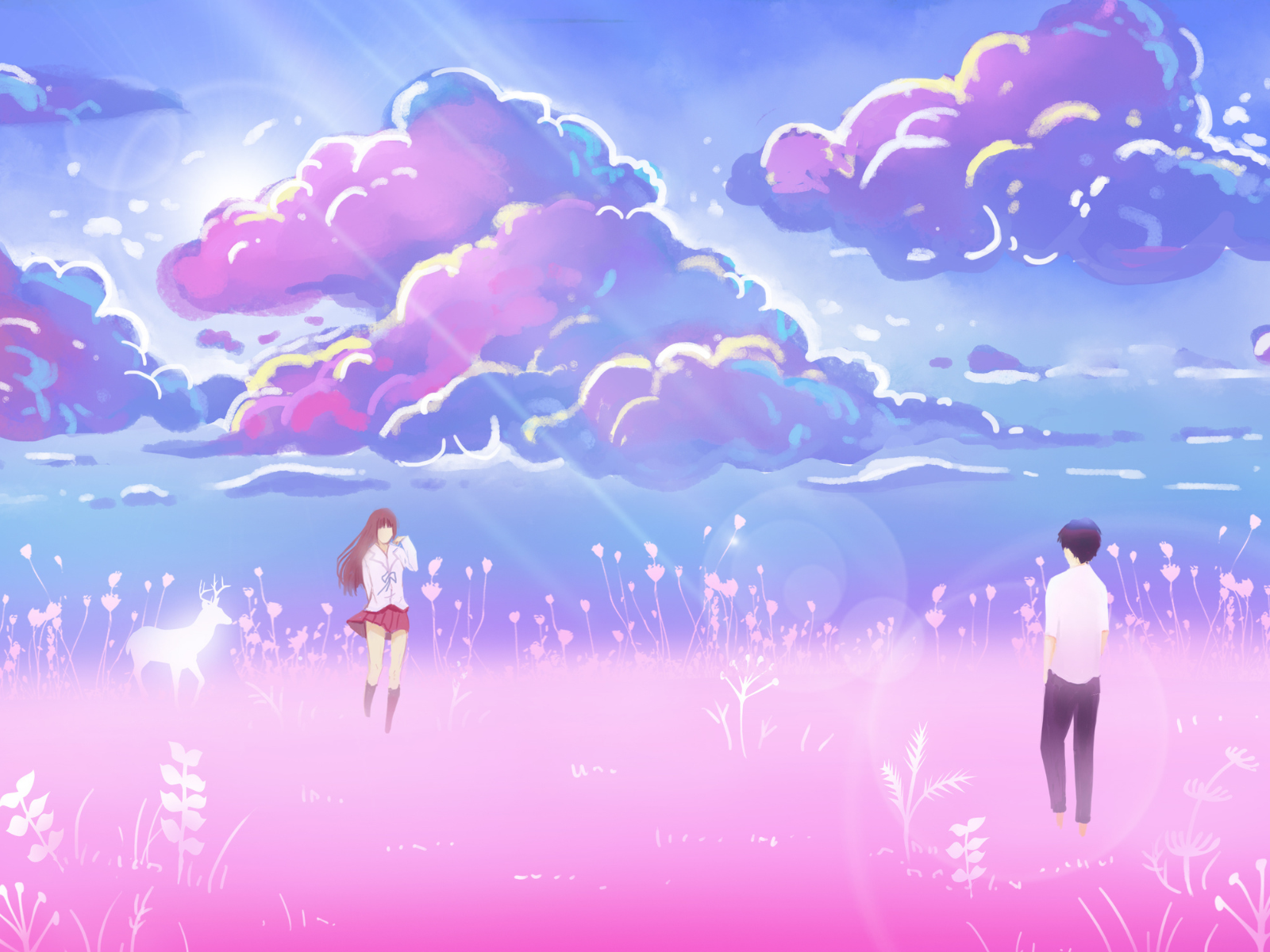
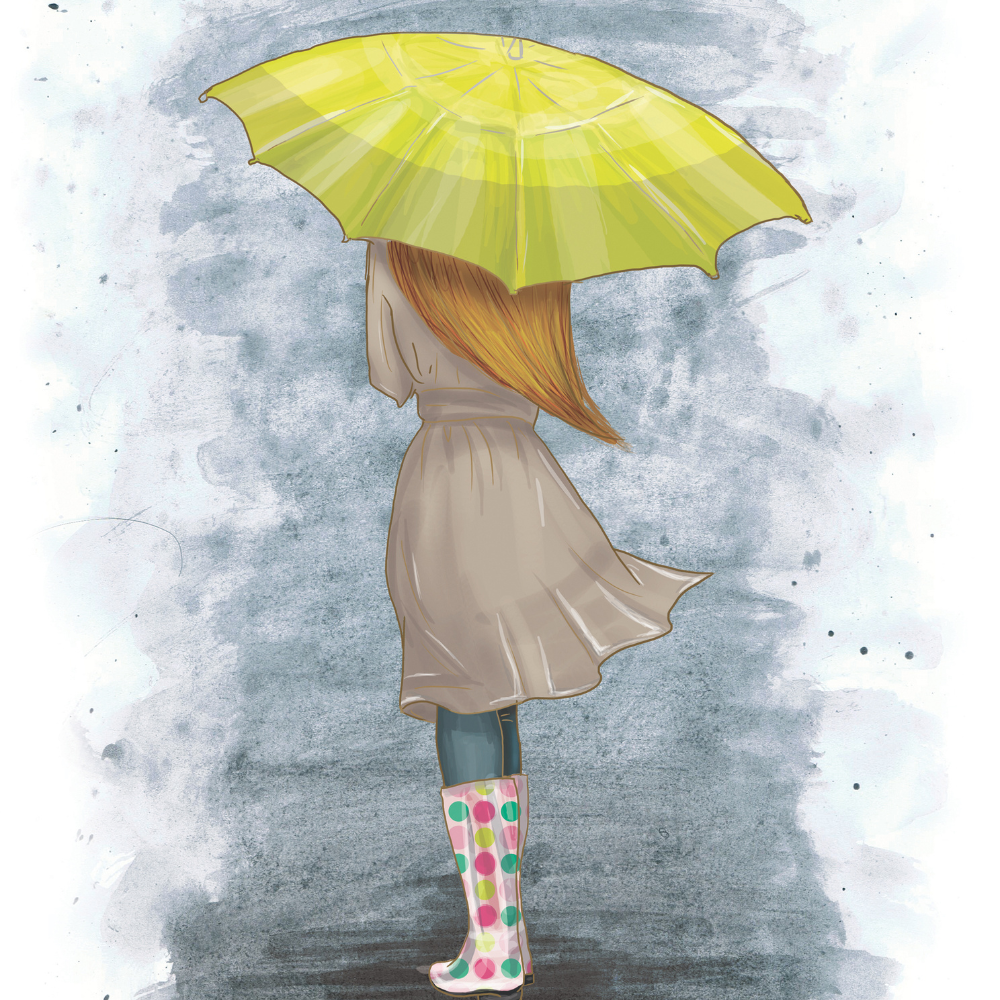

Know Tools of the Trade: Pencils, Pens, and Pixels
Before you start, it's important to get familiar with your tools.
Illustrators have a treasure trove of tools at their disposal, from the classic pencil and paper duo to the high-tech wonders of digital drawing tablets.
But let's not forget the unsung heroes of the illustration world - those trusty erasers that save us from our artistic mishaps.
Whether you're using a digital tablet or traditional pen and paper, take the time to understand how your tools work.
Experiment with different techniques to get a feel for what works best for you.
Contemporary illustration often takes the form of digital art, taking the form of vector graphics, graphic novels, and even digital painting.
The best known illustrators often use a combination of digital and traditional tools to create their work, producing expressive images that can be used in a variety of art mediums, so don't be afraid to explore new techniques.
No matter what your medium of choice is, make sure to find the tools that you're most comfortable with and enjoy using.
This will help you create beautiful art with ease and confidence.
Some tools can come at high prices, like drawing tablets, but don't let cost be a barrier to your creative self-expression!
Even the most basic tools can help you create amazing art, so feel free to try out a collection of different materials until you find the ones that work for you.
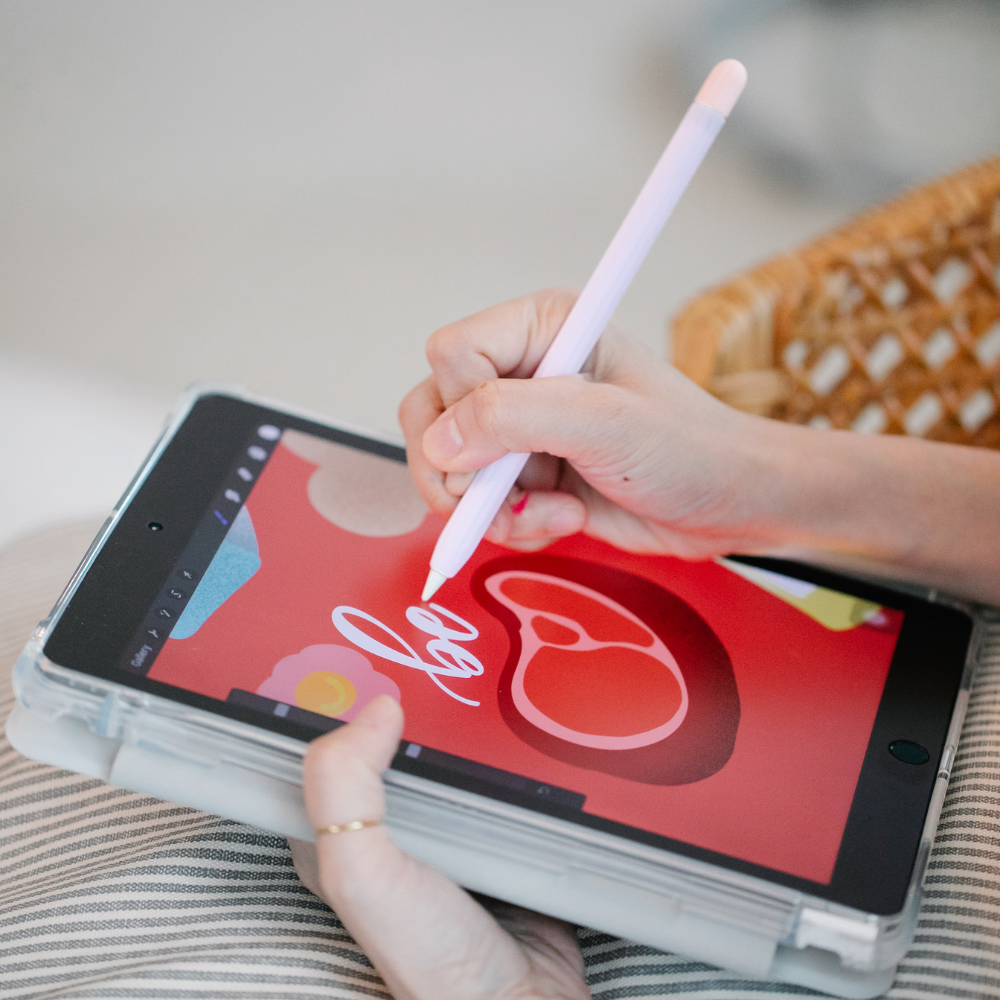

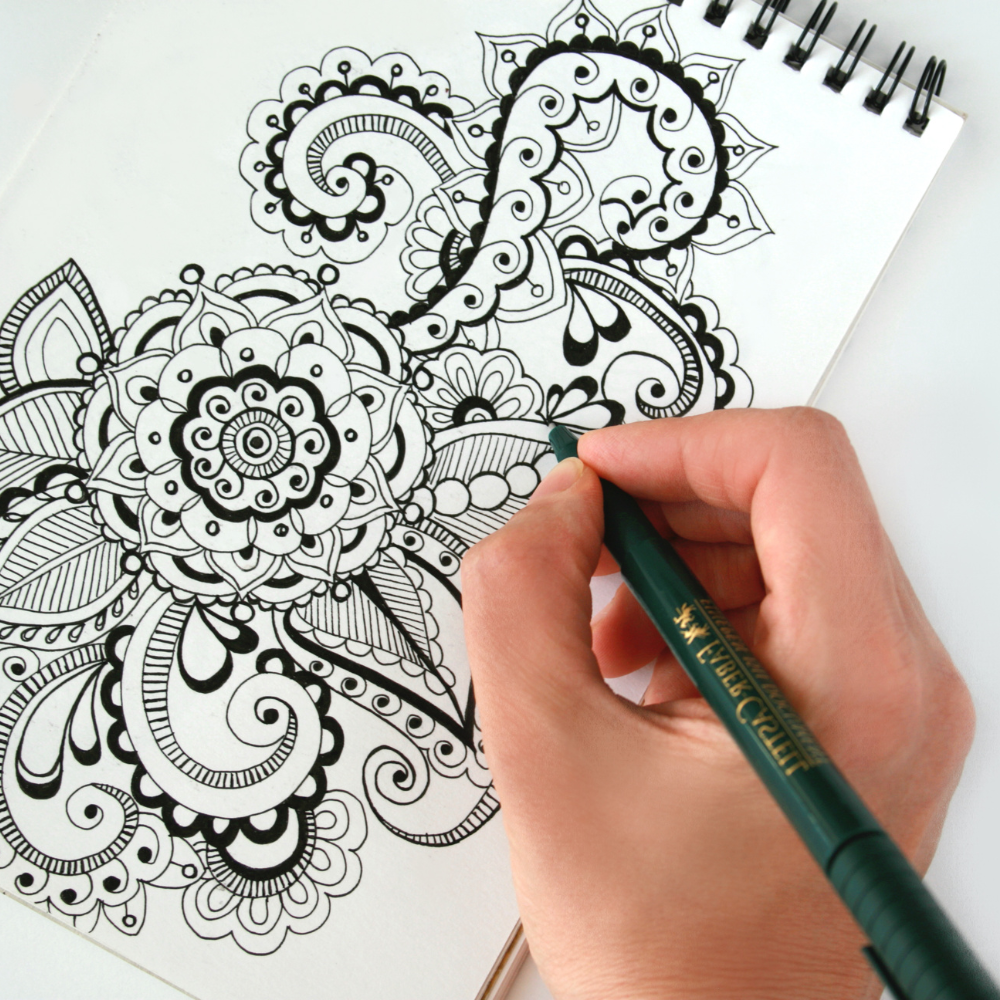
Pencil Power: The Humble Beginnings
The pencil is like the bread and butter of illustration.
From sketching out rough ideas to creating detailed masterpieces, the pencil has been the go-to tool for artists throughout history.
Some illustrators swear by the mighty graphite, while others can't live without the smooth elegance of charcoal.
Ranging from pastel pencils, watercolor pencils, colored pencils, mechanical pencils, and more, there's something for everyone.
Take the time to experiment with different types of pencils to find which one works best for your style.
Ultimately, the pencil is a versatile tool that can be used for any kind of project.
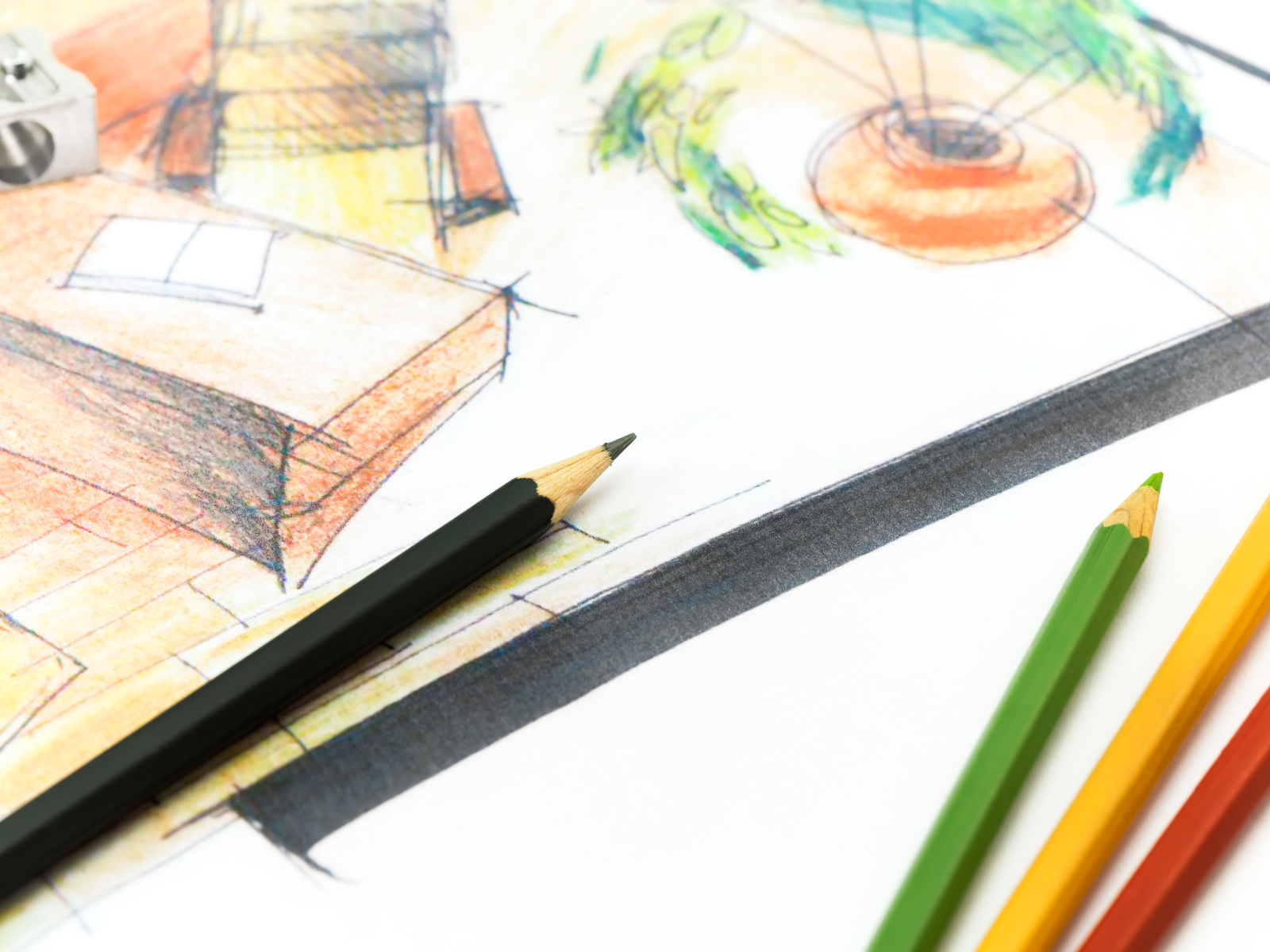
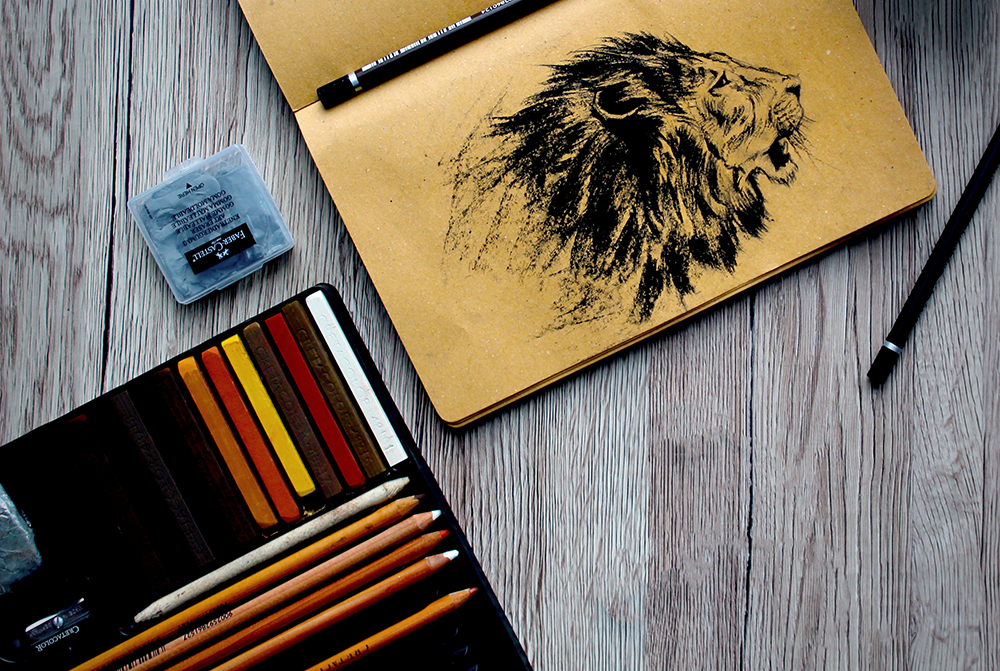

Pen and Ink: An Art Form of Its Own
The pen is another favorite among illustrators.
Typically used with ink, the pen can add a bold touch to any piece of artwork.
You can experiment with different types of pens, such as calligraphy pens, brush pens, and markers, each offering its own unique style and texture.
No matter which pen you use, you can create detailed sketches, fun doodles, intricate patterns, or beautiful line art with ease.
From comics to calligraphy, the pen is a powerful tool in the illustrator's arsenal.
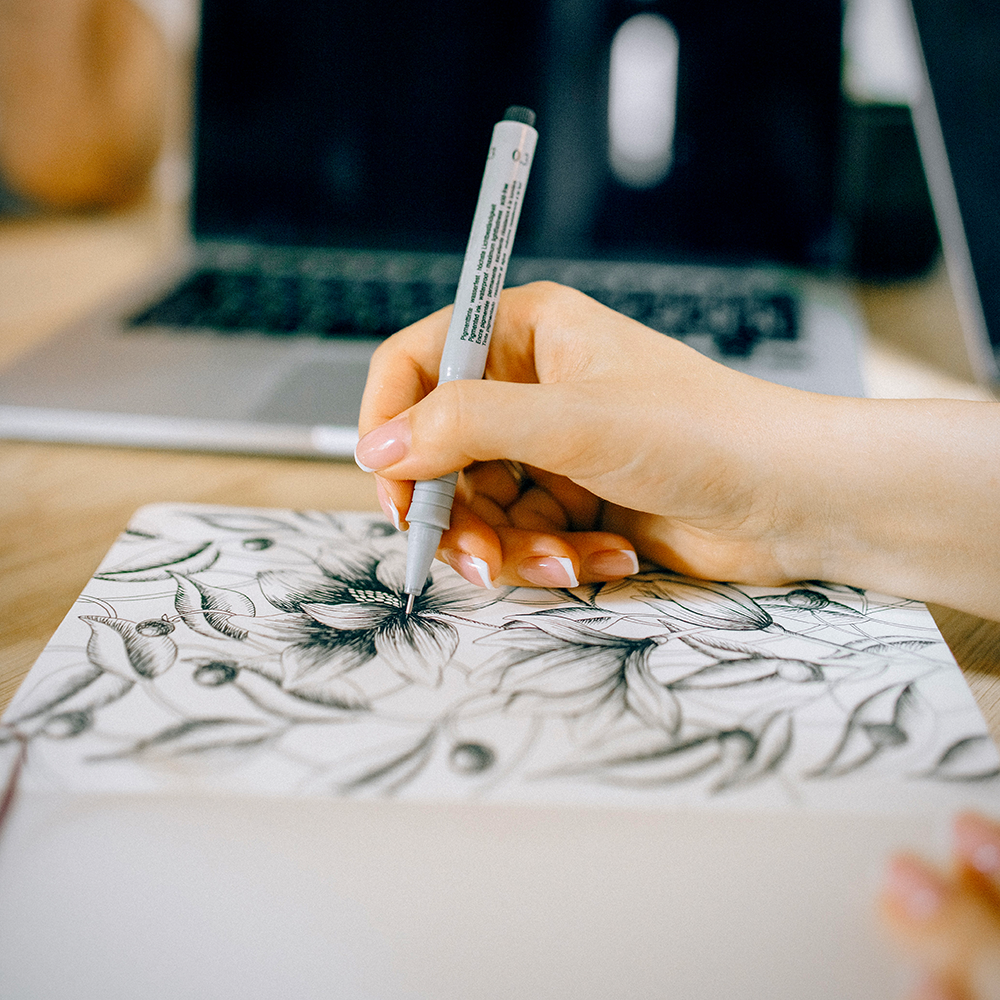


Digital Dazzle: Embracing the Future of Illustration
In the age of technology, illustrators have found new ways to unleash their creativity through digital means.
Programs like Adobe Illustrator and Procreate have become staples in the artist's arsenal, providing endless possibilities for creating stunning visuals with just a few clicks or taps.
Not to mention, it's a great way to keep your drawings organized and easy to access.
Digital illustration has become increasingly popular over the years, making it easier than ever to share your art with the world.
Remember that pixels can pack just as much emotion as traditional mediums, so don't be afraid to embrace the digital age and discover your own unique style.
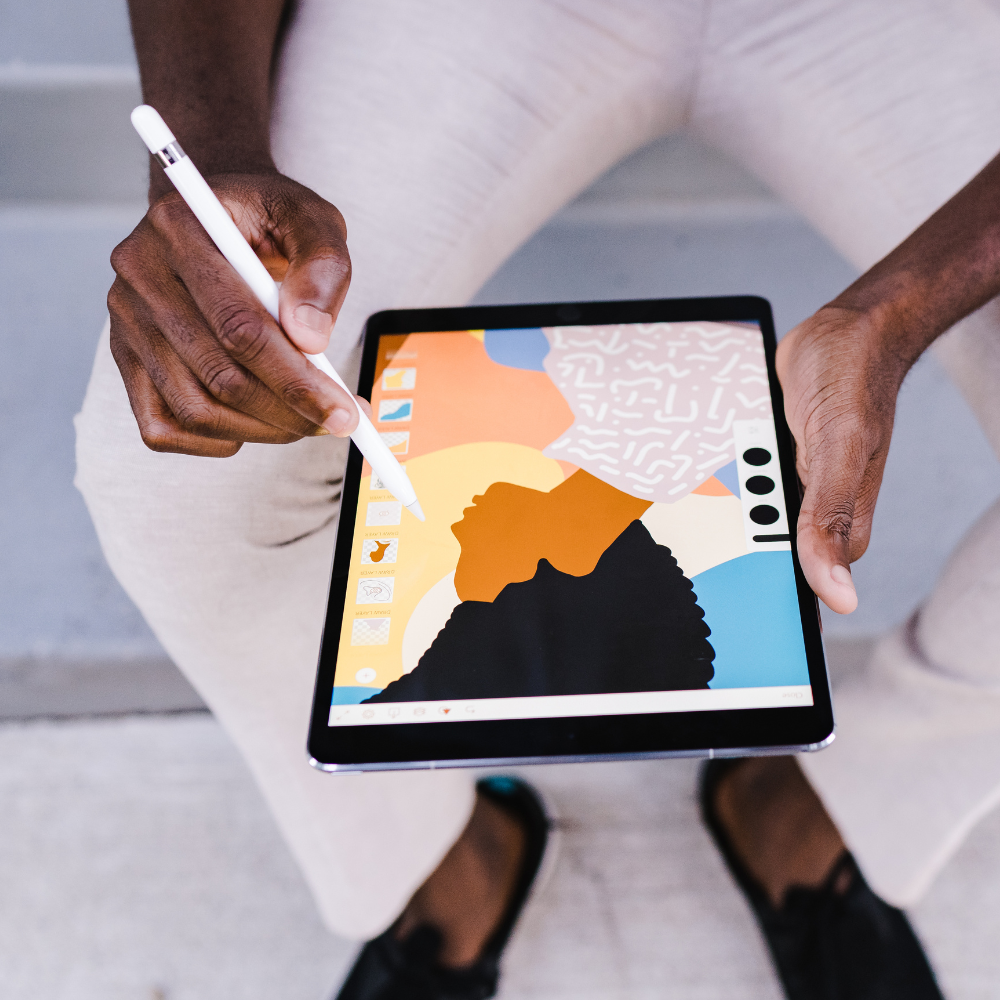
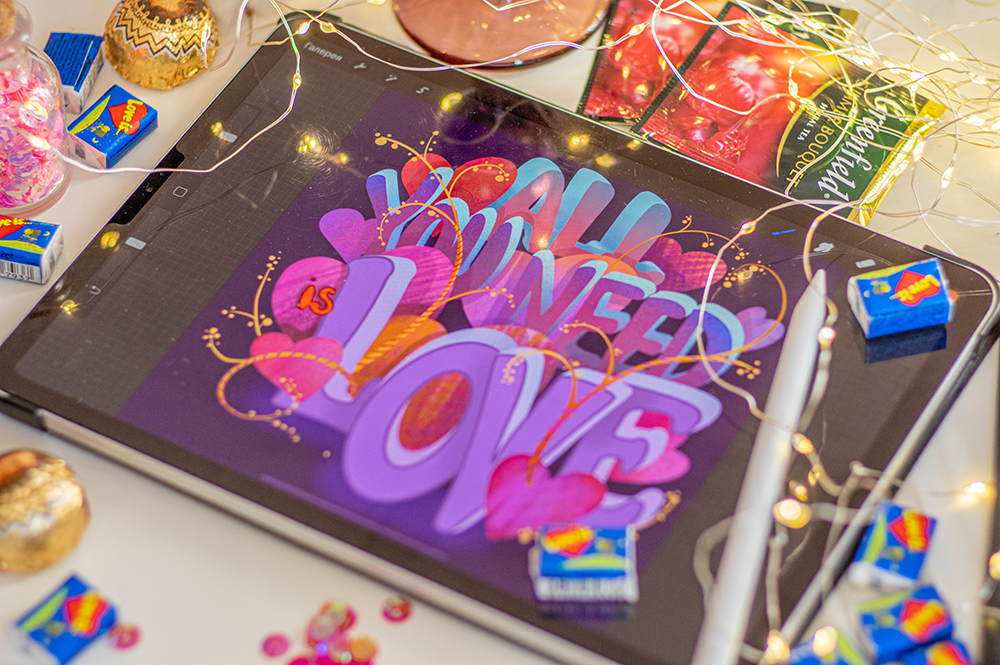

Composition Matters
Composition is key when it comes to creating a great illustration.
Whether you're working on a portrait or a landscape, make sure your composition is balanced and visually pleasing.
Think about the placement of your subject, the use of negative space, and the overall flow of the image.
Start off by sketching out the basic shapes and lines in pencil before refining them with pen or digital tools.
Keep an eye out for the rule of thirds, which divides your composition into nine equal parts and follows an invisible grid to create a more balanced look.
You can also use the z-pattern to create a more dynamic composition.
This involves creating a series of shapes and lines that guide the viewer's eye across the page.
By paying attention to these details, you'll be able to create illustrations that capture the viewer's attention.
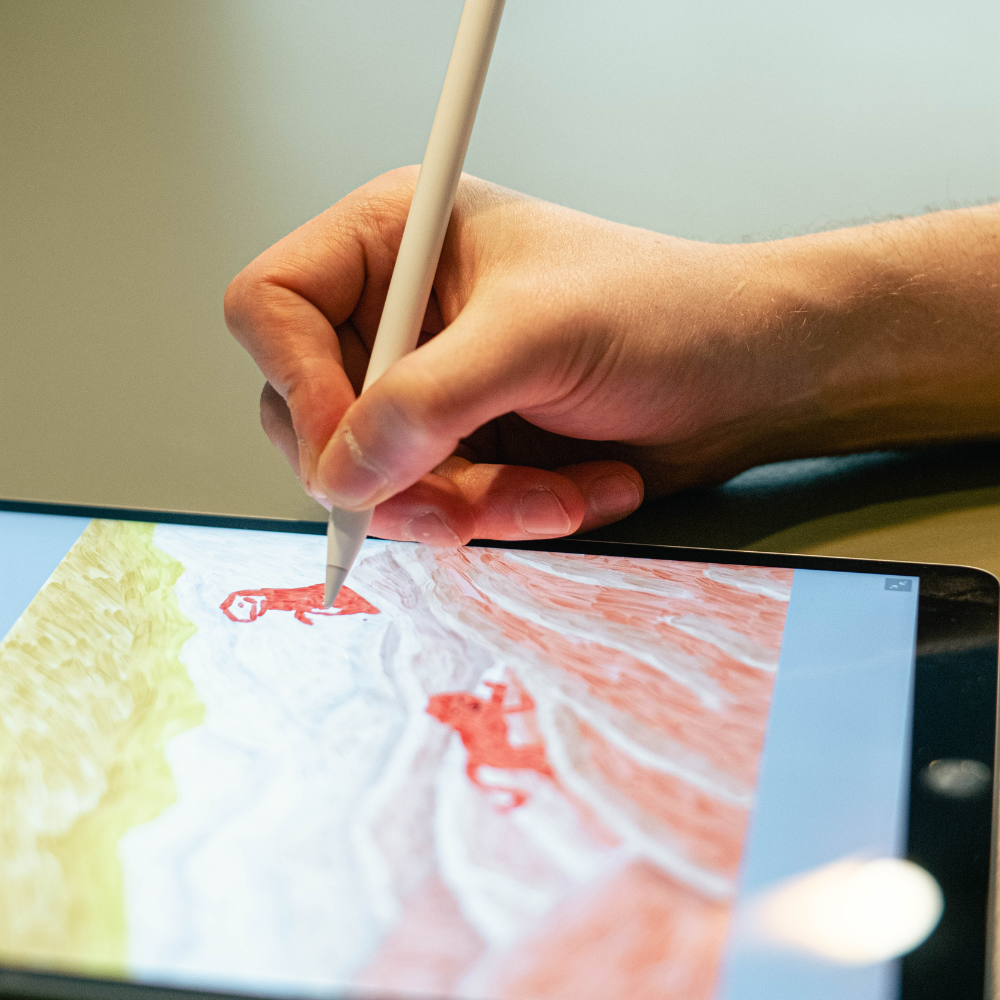
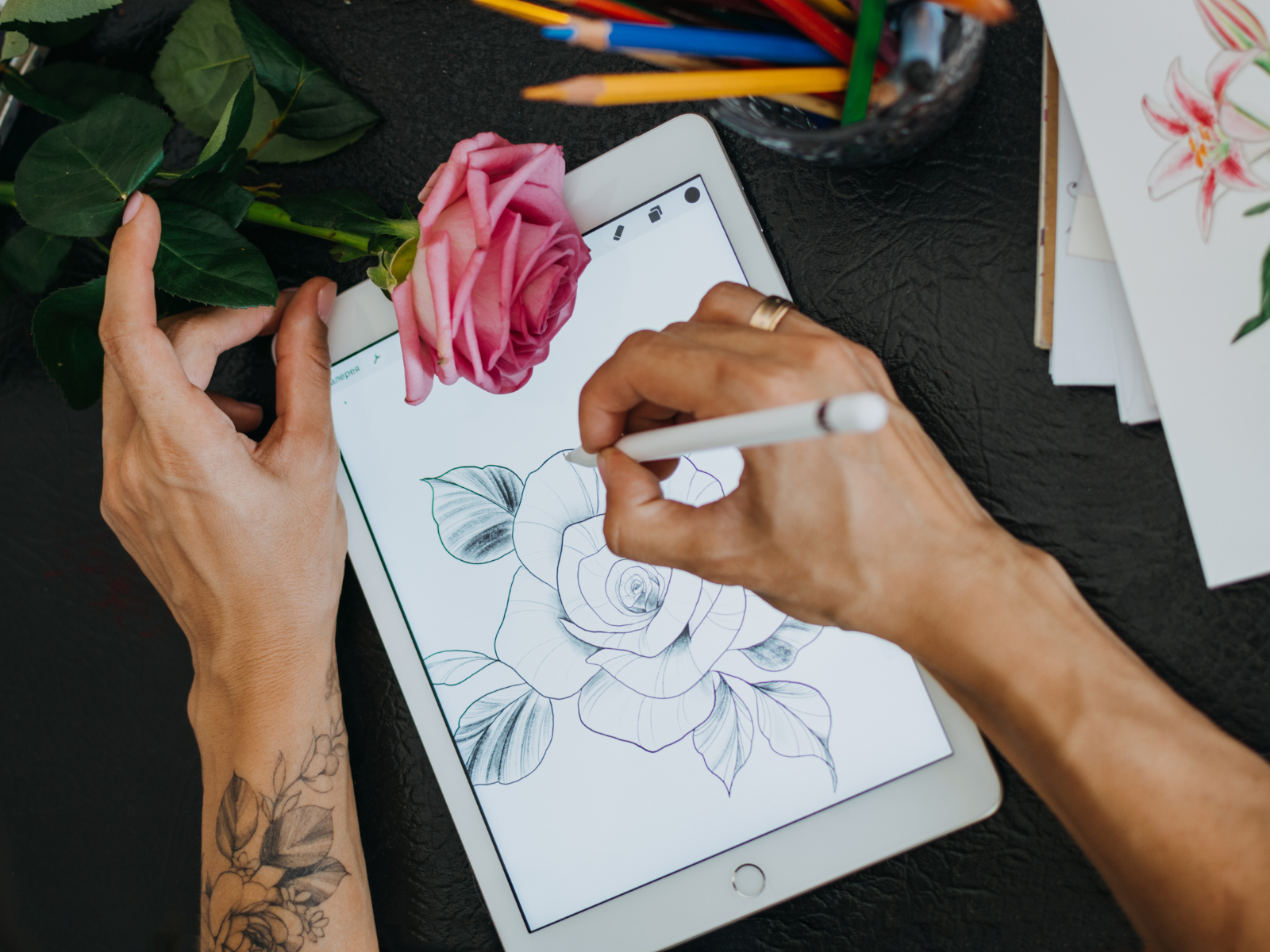
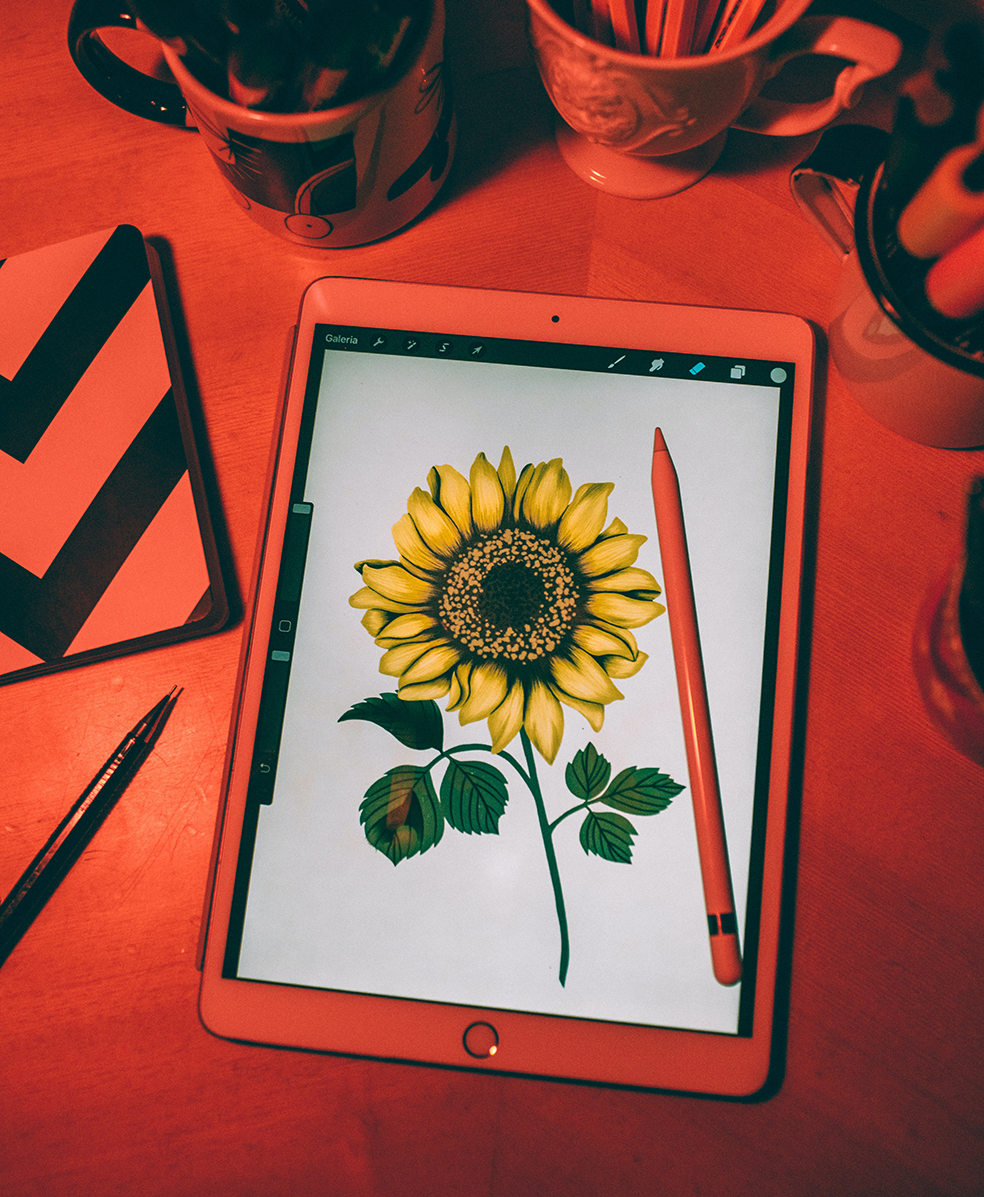
Play with Color
Color can completely change the mood and tone of an illustration.
Use color to your advantage by experimenting with different palettes and color schemes.
Try out monochromatic, analogous, or complementary colors to create a cohesive look.
You can also use color as a storytelling tool, as different shades can evoke different emotions.
Hues of yellow and orange are often associated with happiness, while blues and grays can convey a more somber mood.
Think about the emotions that you want to evoke in your viewers and choose colors accordingly.
Remember that less is often more when it comes to color, so don't be afraid to use negative space to balance out bold color choices.



Mastering Shading to Make Your Art Pop
Shading is an essential part of illustration, but it can be challenging to get right.
There are several techniques to master shading, from hatching to stippling to blending.
Each technique creates a different effect, so experiment with different styles to see what works best for you.
You can also use a lightbox or tracing paper to transfer your sketch onto another sheet of paper, which will allow you to practice shading without having to start from scratch.
Keep in mind that light sources play a crucial role in the look of your shading.
Different angles and directions of light can drastically change the way your illustration looks, so keep this in mind as you create.
Begin with the basics and build from there.
With practice, you'll be able to create illustrations with depth and dimension.



Find Your Voice
As an artist, it's important to find your own unique style and voice.
Don't be afraid to experiment with different techniques and styles until you find what feels natural to you.
Explore different subjects and genres to get a feel for what you enjoy creating.
Follow trends if you'd like, but make sure that your artwork is uniquely yours.
Your illustrations should reflect the world around you and capture the essence of your own experience.
Allow yourself to be inspired by the world around you and use that inspiration to create something new and original.
Pay attention to the details and take the time to refine your illustrations until you feel completely satisfied with them.
Keep in mind that practice makes progress, so don't be discouraged if you make mistakes along the way.
Remember that your style will evolve over time, so be open to growth and change.
By embracing the creative journey, you'll be able to create illustrations that will captivate your viewers and leave a lasting impression.



Techniques to Tickle Your Fancy: From Sketching to Shading
Illustration is an art form that spans across various styles and techniques.
Whether you're into loose, whimsical sketches or meticulously detailed renderings, there's something for everyone in this wondrous world of arts and crafts.
Take the time to explore different styles and techniques to find what works best for you.
You can even combine various techniques to create something truly unique.
From gestural sketching to finely detailed textures, the possibilities are endless!
Illustration is an art form that allows you to express yourself in new and exciting ways.
It's all about taking risks, challenging yourself, and having fun along the way.
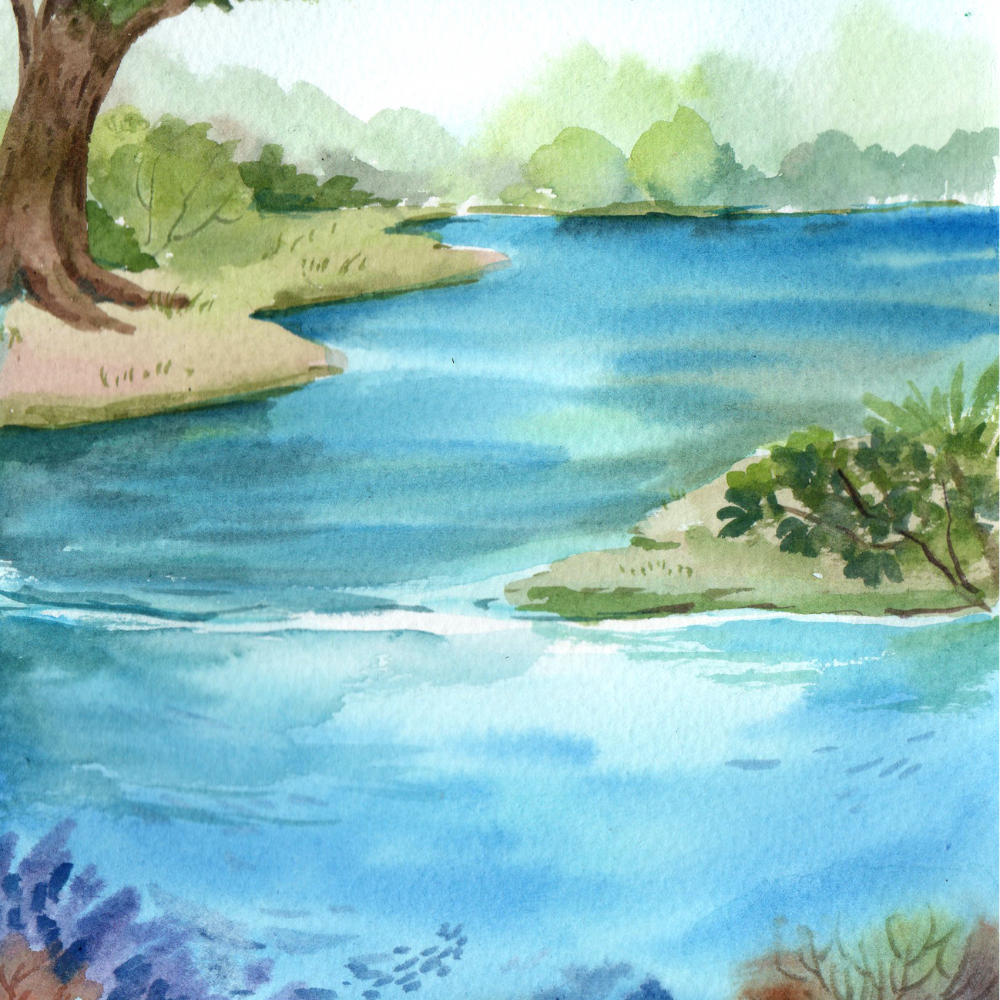


Crosshatching: The Art of Layering Lines
Crosshatching is a classic technique used by illustrators to create depth, texture, and shading in their work.
By layering lines at different angles, artists can achieve a stunning array of effects, from subtle gradients to dramatic contrasts.
To practice crosshatching, start by sketching out the basic outlines of your subject.
Then, use strokes of different length and thickness to layer on top of the existing lines.
Take your time and make sure each stroke is precise and even, as this will help create a more balanced look.
For added detail, you can use lighter lines to break up the heavier ones or add texture to your illustration.
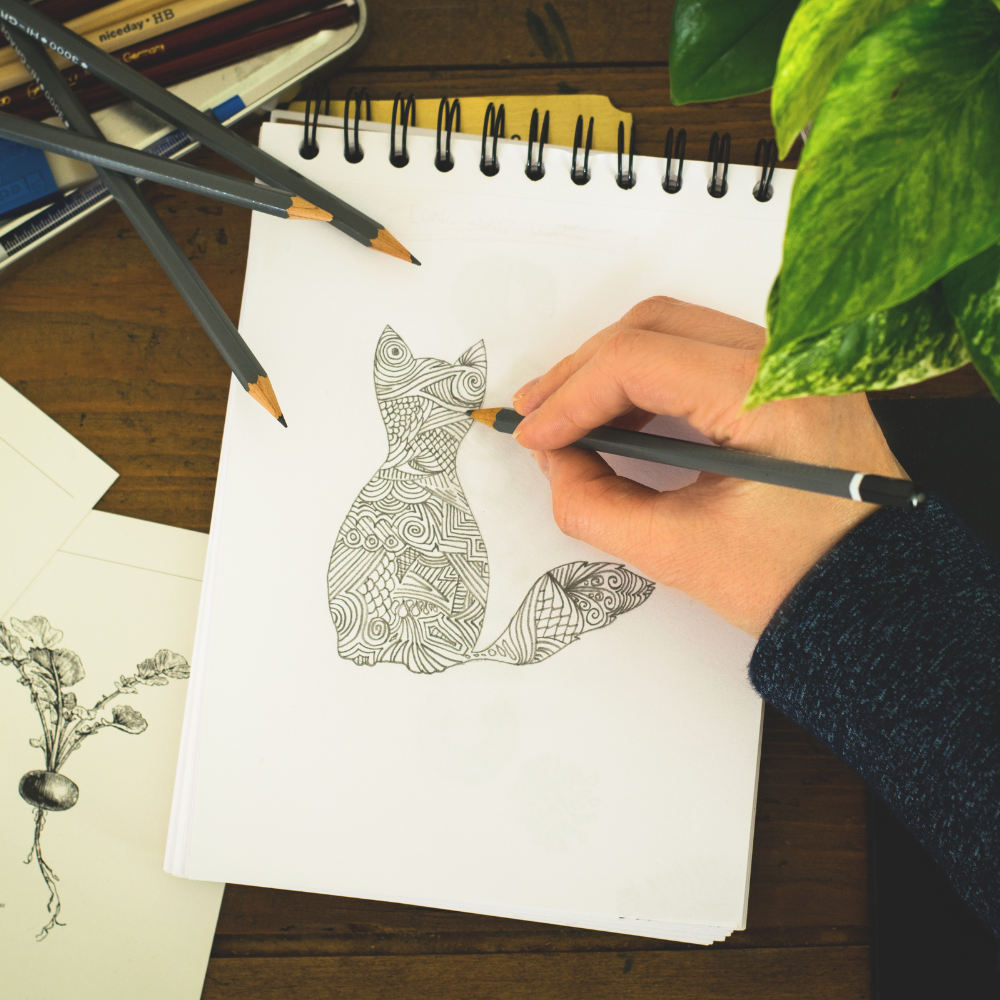

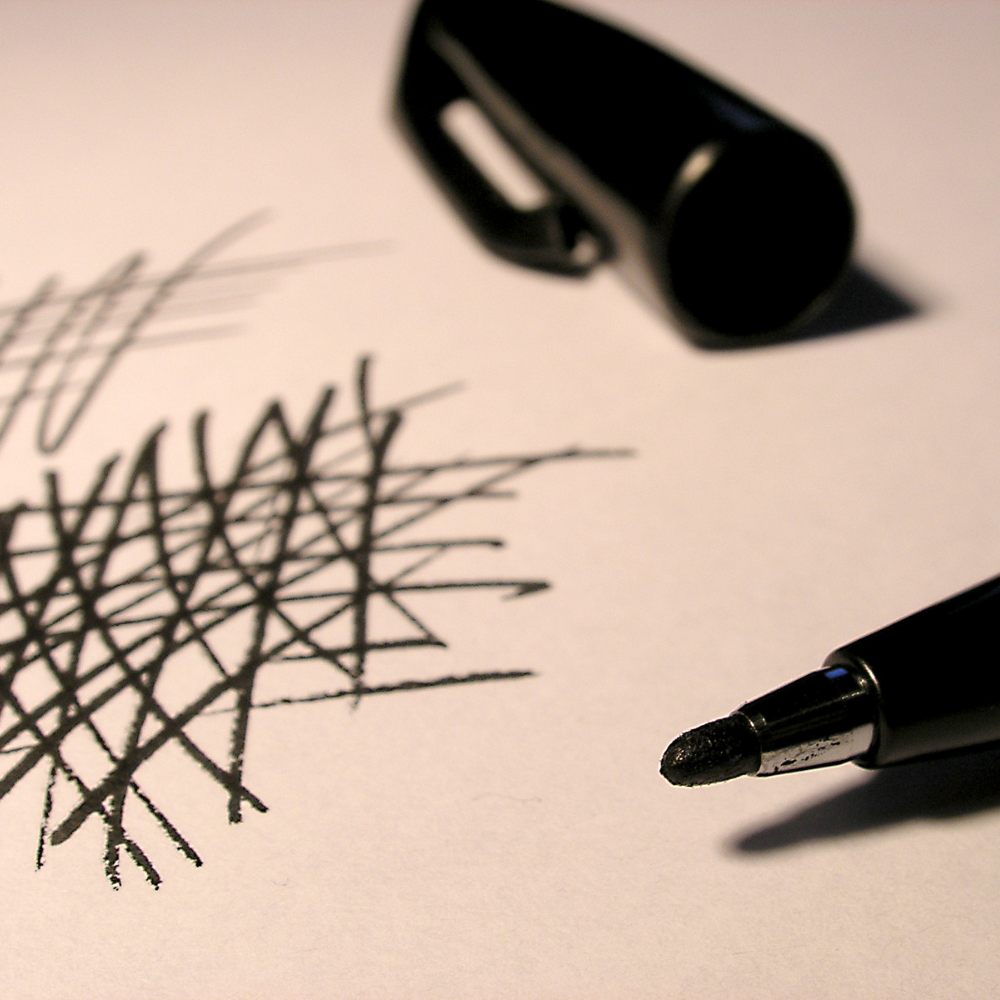
Watercolor Wonders: Painting with Pigments and Whimsical Water
For those who prefer a more fluid approach, watercolor illustration offers a delicate balance of control and spontaneity.
The unique properties of watercolor paint allow artists to create ethereal, dreamy visuals that evoke a sense of wonder.
To get started, gather your art supplies and set up a workspace with plenty of space to work.
Choose paints in colors that appeal to you and make sure to have a variety of paint brushes on hand.
Then, start by sketching out the basic outlines of your subject in pencil before applying the watercolor paint.
Begin by wetting your brush with water and then dipping it into the paint.
Using a light touch, gradually build up the layers of color until you achieve the desired effect.
Remember to use a damp paper towel or tissue to wipe off any excess paint and keep your artwork looking crisp and clean.

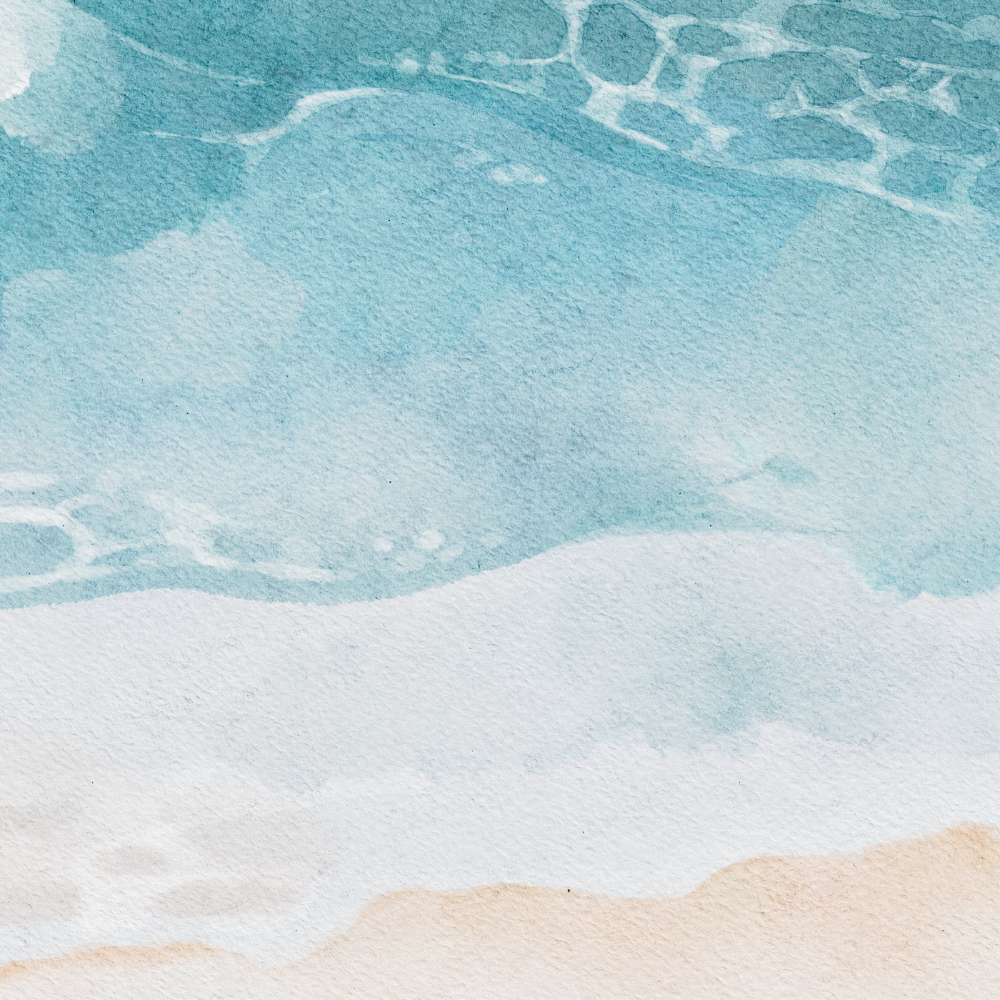

Your Illustration Adventure Awaits: Tips and Resources for Aspiring Artists
Ready to embark on your own illustration journey?
Now it's time for you to take the reins and create your own masterpieces!
Whether you're a beginner or advanced artist, you can use this guide and following tips to explore the captivating world of illustration.
Here are some illustration and drawing tips to help you get started:
- Practice, practice, practice!
Like any skill, illustration takes time and dedication to master.
Don't be discouraged by imperfections - they're just stepping stones on your path to greatness.
- Experiment with different tools and techniques:
Find what works best for you and your unique artistic vision.
- Seek inspiration from other artists:
Study the works of your favorite illustrators, and don't be afraid to borrow (or steal) a few tricks from their playbook.
- Join online art communities:
Platforms like DeviantArt and Behance offer a wealth of resources and support for illustrators at all stages of their creative journey.
- Never stop learning:
Attend workshops, read books, and watch tutorials to expand your artistic horizons.
Keep a sketchbook handy to practice new techniques or just to jot down ideas.
Remember that there's no right or wrong way to create art.
The only limits are the ones you set for yourself, so don't be afraid to explore and take risks.
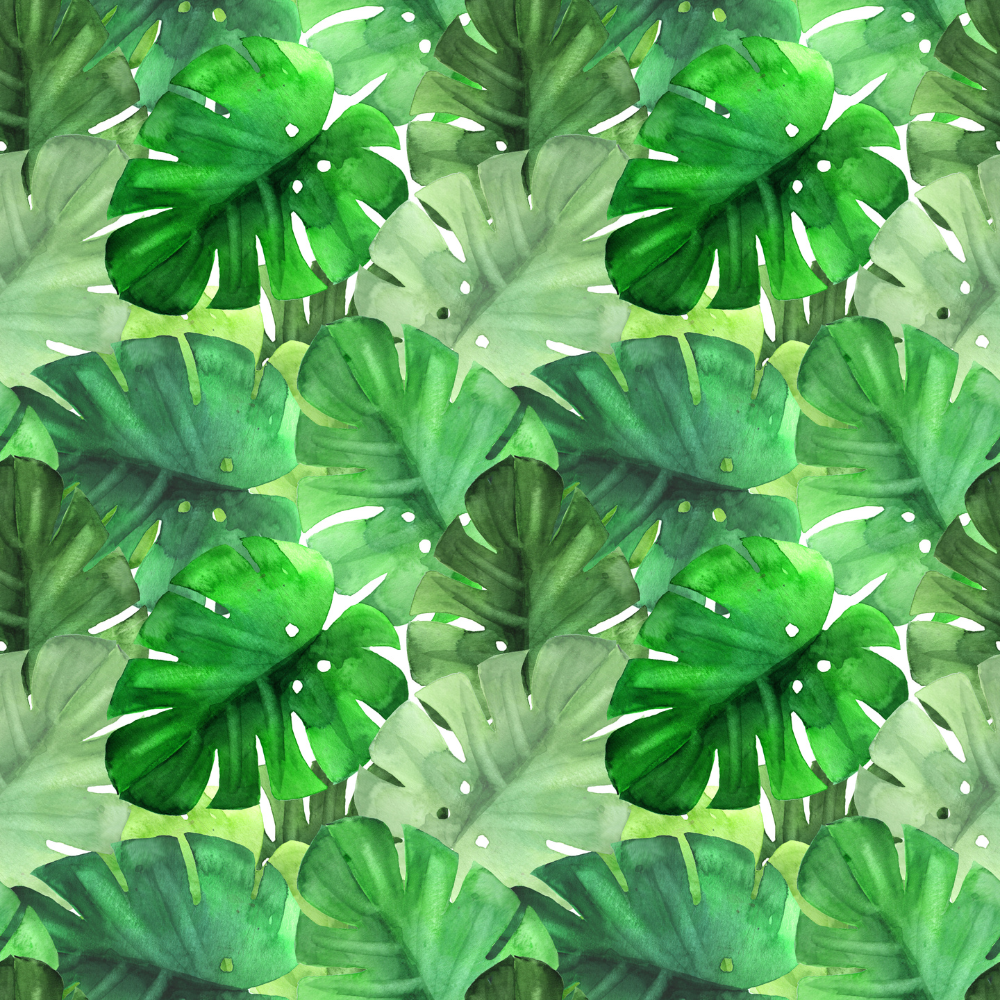
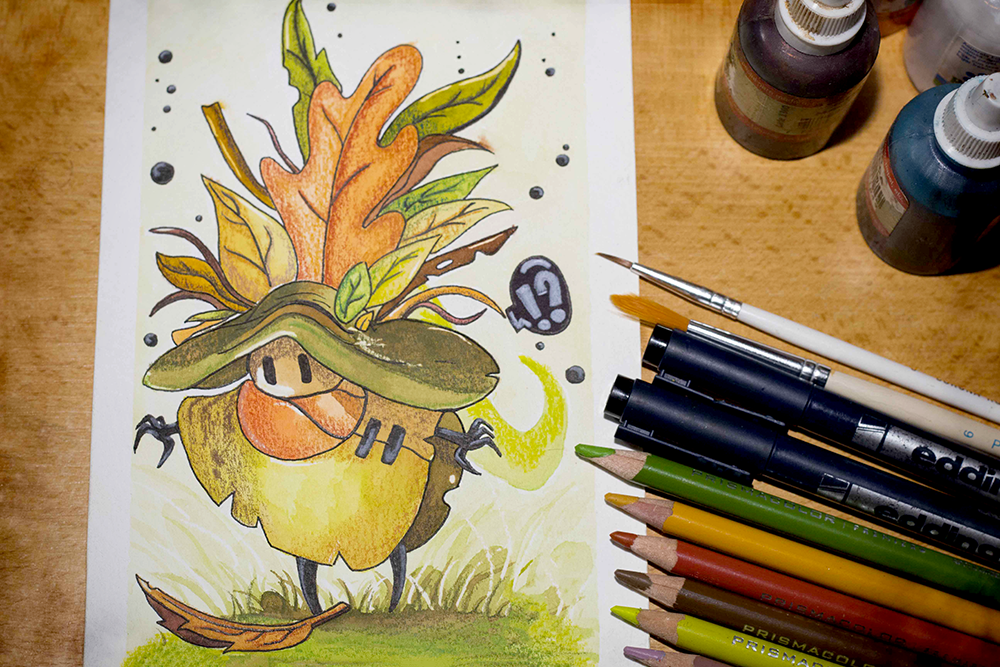

Creating Incredible Illustration Art
Illustration is a wonderful art form that allows you to express yourself in new and exciting ways.
From pencils and pens to digital tablets, there are countless tools and techniques to explore.
Illustration is an art form that is constantly evolving, so don't be afraid to experiment and try new things.
By understanding the basics of composition, color, shading, and different media, you'll be able to create illustrations that are not only visually stunning but also emotionally compelling.
Remember to stay true to your own voice and style, and most of all, have fun.
With practice and dedication, you'll be able to unlock the secrets of the art of illustration and create masterful drawings that stand the test of time.
With enough passion and dedication, you can create illustrations that will truly captivate your audience.
Now, grab your pencils, pens, tablets, or whatever your tool of choice may be, and let your imagination soar!
Illustration is an adventure waiting to be discovered, and we can't wait to see what masterpieces you create!
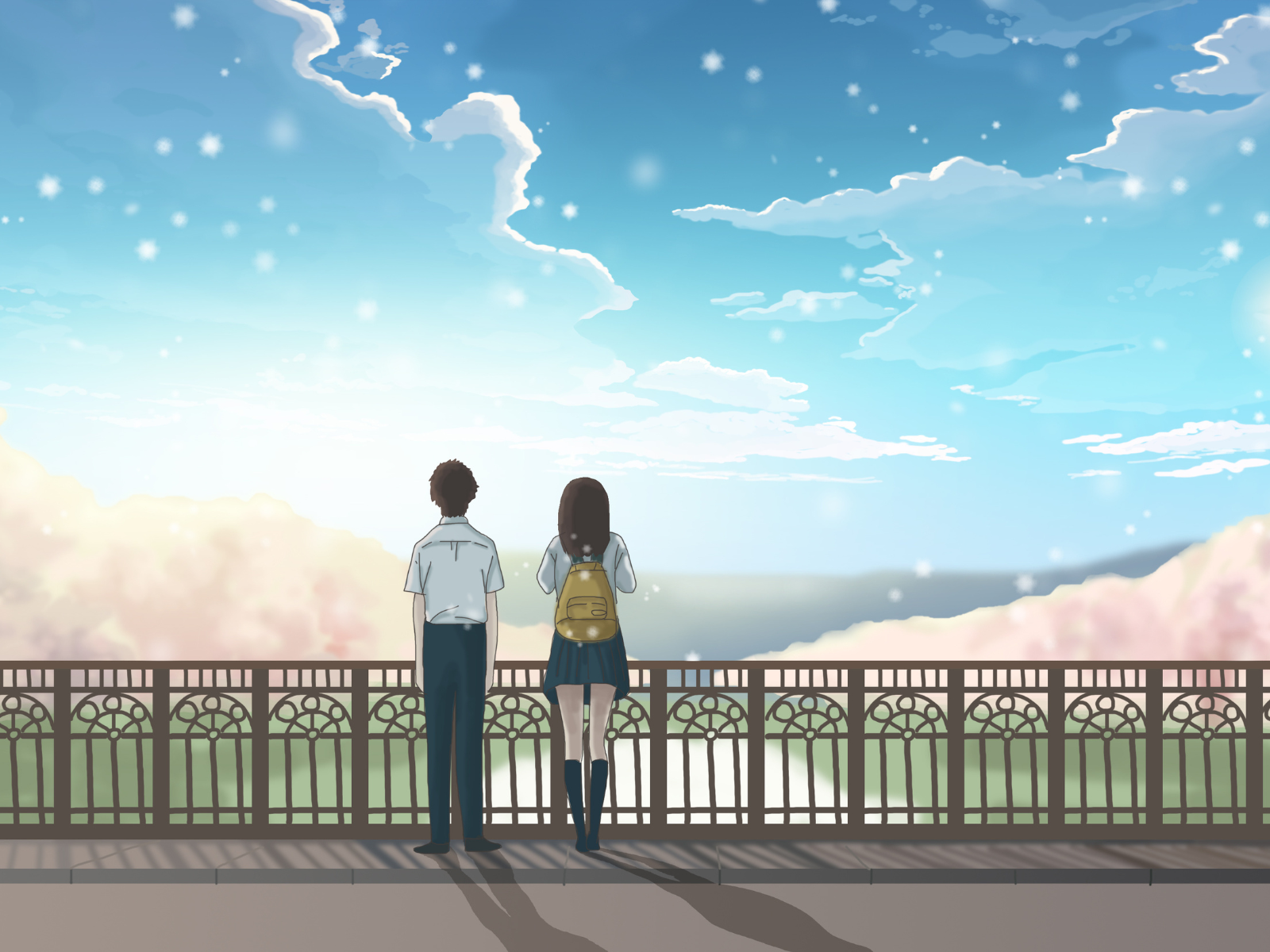
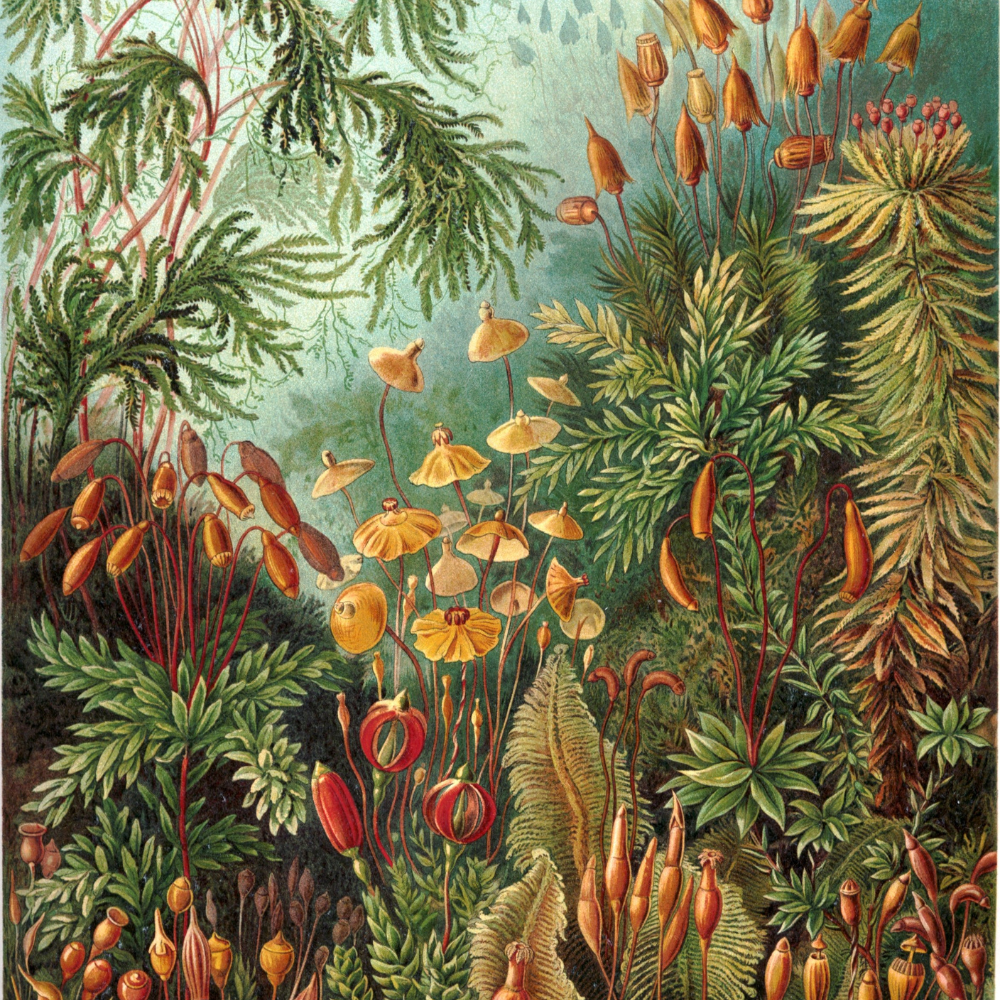

Looking to get started creating digital illustrations? Check out Aki-Anyway's video!
Want even more content about creativity and art?
Be sure to check out all of our creative chronicles!
Eager to tap into your creative side and start illustrating?
Check out some of our other articles:
